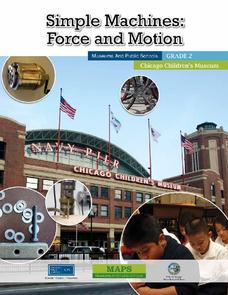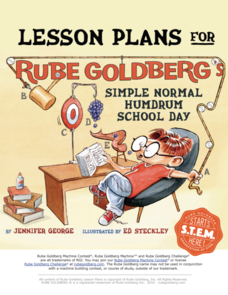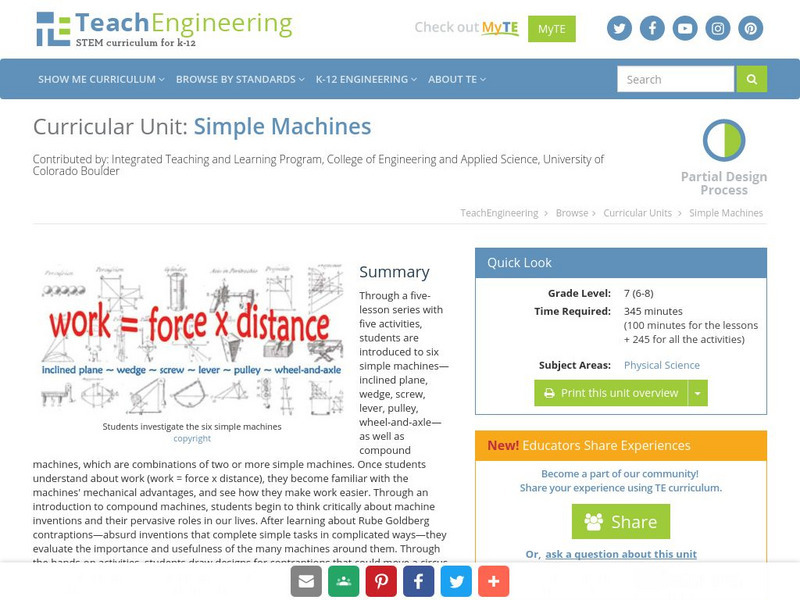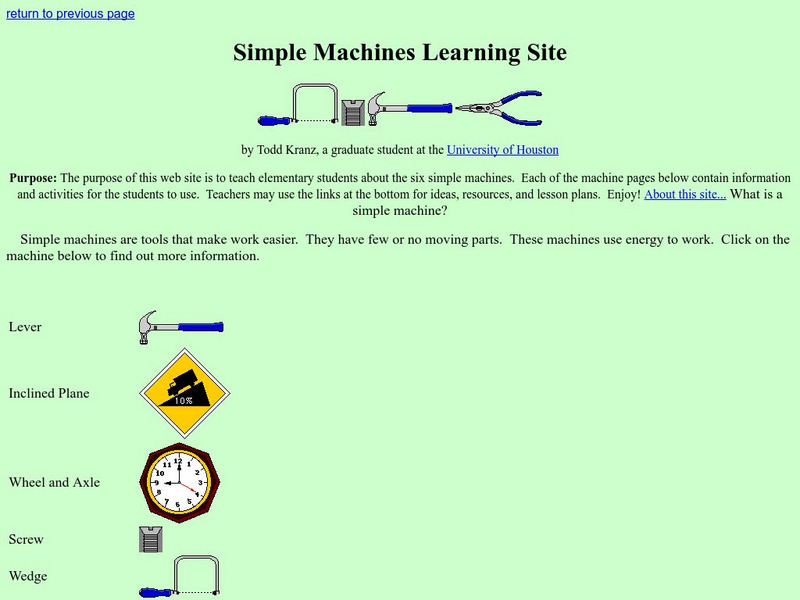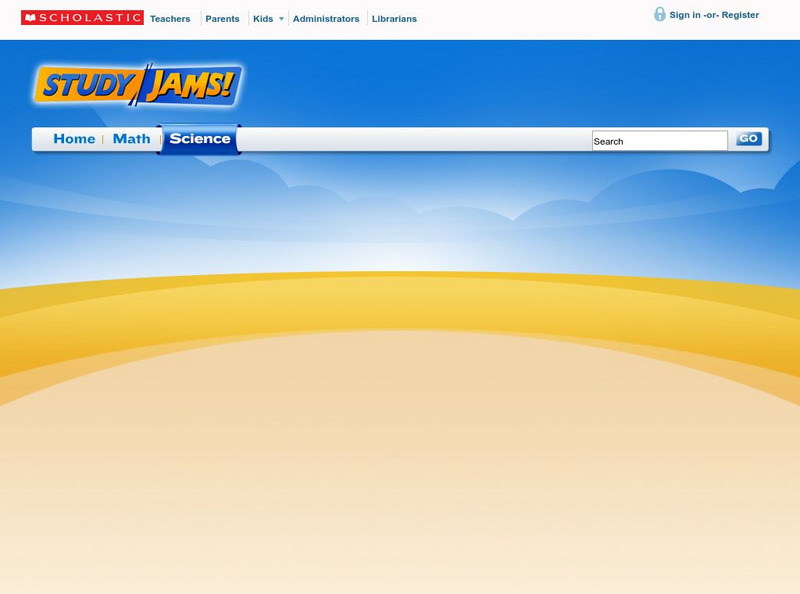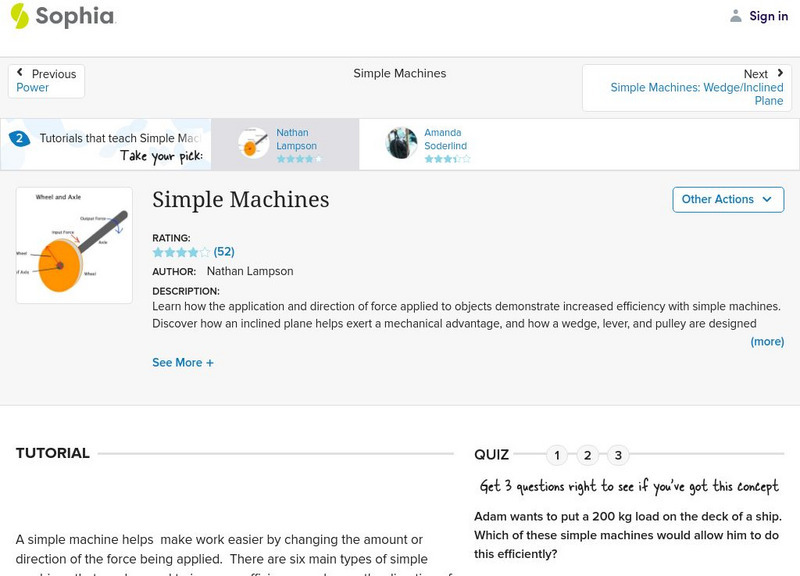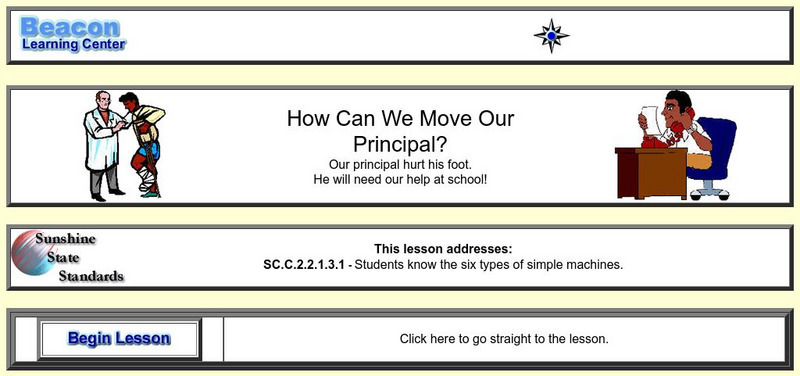Colorado Unit Writing Project
Simple Machines
Planning an elementary science unit has never been simpler! These twelve lessons guide young scientists through an exploration of simple machines and their many uses in the real world before asking them to apply their learning...
Southwest Educational Development Laboratory
Simple Machines
Simple doesn't mean useless. Individuals learn how simple machines benefit the user by changing the amount of effort. A seven-lesson unit begins with an overview of simple machines and then incorporates activities that allow the user to...
Norwich Institute for Language Education
Simple Machines
Planning a unit on simple machines? Save some time and energy with this collection of lessons and activities that explores how these devices are used in the real world to make life a little easier.
Chicago Children's Museum
Simple Machines: Force and Motion
Get things moving with this elementary science unit on simple machines. Through a series of nine lessons including teacher demonstrations, hands-on activities, and science experiments, young scientists learn about forces, motion,...
Rube Goldberg
Rube Goldberg's Simple Normal Humdrum School Day
If you're going to build a machine, you might as well make it interesting and amusing. A set of eight lessons and activities introduces simple machines using Rube Goldberg machines. A culminating project challenges techies to create and...
Curated OER
Levers and Pulleys and Gears, Oh My!
Students explore the difference between compound and simple machines in this six lessons of this unit. The purpose and importance of a variety of types of simple machines and the effects of friction are investigated.
PBS
Blow the Roof Off!
Blow the minds of young scientists with this collection of inquiry-based investigations. Based on a series of eight videos, these "hands-on, minds-on" science lessons engage young learners in exploring a wide range of topics...
TeachEngineering
Teach Engineering: Simple Machines
Through a five-lesson series with five hands-on activities, students are introduced to six simple machines - inclined plane, wedge, screw, lever, pulley, wheel-and-axle - as well as compound machines, which are combinations of two or...
TeachEngineering
Teach Engineering: Simple Machines From Pyramids to Skyscrapers
Simple machines are devices with few or no moving parts that make work easier, and which people have used to provide mechanical advantage for thousands of years. Students learn about the wedge, wheel and axle, lever, inclined plane,...
Sophia Learning
Sophia: Simple Machines: Pulley: Lesson 2
This lesson will explain how to calculate the mechanical advantage of a pulley system. It is 2 of 3 in the series titled "Simple Machines: Pulley."
Sophia Learning
Sophia: Simple Machines: Pulley: Lesson 3
This lesson will explain how to calculate the mechanical advantage of a pulley system. It is 3 of 3 in the series titled "Simple Machines: Pulley."
University of Houston
University of Houston: Science Lessons: Simple Machines Learning Site
Provides definitions of all 6 simple machines with examples and student drawing of them. Interactive "simple machines quiz" at the end.
Scholastic
Scholastic: Study Jams! Science: Force and Motion: Simple Machines
A slideshow and a short quiz on simple machines and how they reduce the amount of work or effort needed to complete a task.
Technology Student
Technology Student: Gears and Pulleys
This site describes the basics of gears and pulleys, and their use in simple machines.
Sophia Learning
Sophia: Simple Machines: Lesson 2
This lesson will introduce the six types of simple machines and show how machines can increase efficiency by reducing work input needed. It is 2 of 2 in the series titled "Simple Machines."
CK-12 Foundation
Ck 12: Physical Science: Pulley
[Free Registration/Login may be required to access all resource tools.] What a pulley is and the three basic types, and the mechanical advantage of a pulley.
Beacon Learning Center
Beacon Learning Center: How Can We Move Our Principal?
In this problem solving exercise, students must decide which simple machine would work best in different situations, in order to help the principal manoeuvre himself after he has hurt his leg and can't walk. The site has a good tutorial...



